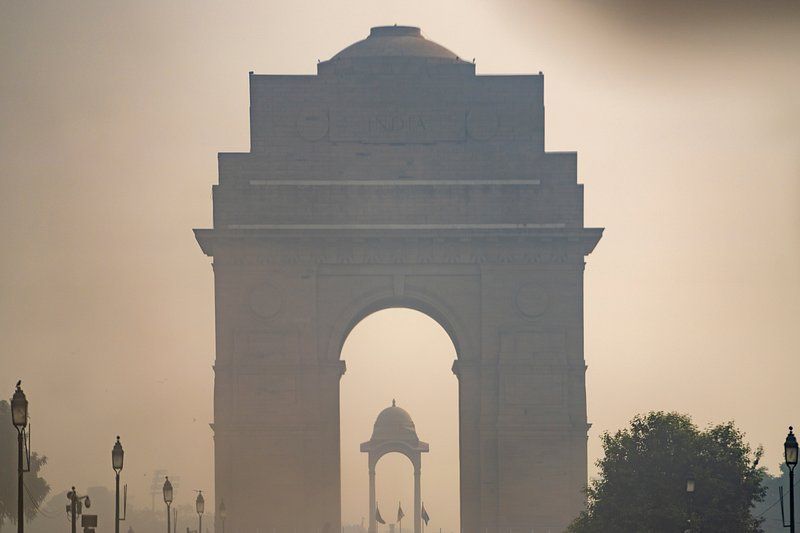Dr. S. Jaishankar Inaugurates Second Edition of “Silent Conversation” Art Exhibition in New Delhi
—

On October 17, 2024, New Delhi hosted the inauguration of the second edition of the art exhibition “Silent Conversation: From Margins to the Centre,” officiated by Union Minister for External Affairs, Dr. S. Jaishankar. The exhibition, which spans four days, is organized by the National Tiger Conservation Authority in partnership with the Sankala Foundation, the National Human Rights Commission, and the International Big Cat Alliance.
In his opening remarks, Dr. Jaishankar underscored the essential link between India’s developmental path and environmental preservation. He reiterated the government’s dedication to enhancing the welfare of Scheduled Tribes through various programs, emphasizing that initiatives like the Antyodaya scheme focus on empowering marginalized groups to ensure inclusive progress.
Dr. Jaishankar acknowledged India’s notable achievements in environmental protection under Prime Minister Narendra Modi’s leadership. He referenced the recent amendments to the Wildlife Protection Act, aimed at reconciling conservation efforts with developmental requirements. The minister credited the National Tiger Conservation Authority’s successes to the commitment of tribal communities and forest inhabitants, who play a vital role in safeguarding forests and countering poaching activities. He pointed out that effective policies thrive on the support and participation of all citizens, highlighting the significance of Janbhagidari (people’s involvement).
Additionally, Union Minister for Environment, Forests, and Climate Change, Shri Bhupendra Yadav, delivered a video message emphasizing the need for coexistence among communities as a strategy for tackling climate change and biodiversity loss. He commended the harmonious relationship that these communities maintain with nature, which is increasingly important in today’s environmental context.
The event also featured the release of two significant publications: “Hidden Treasures: India’s Heritage in Tiger Reserves” and a magazine titled “Big Cats.”
Highlighting the Role of Tribal Communities in Conservation
This exhibition aims to celebrate the conservation practices of tribal communities and draw attention to their integral relationship with the environment. It seeks to motivate future generations to value this connection while offering tribal artists a platform to showcase their work.
With over 200 paintings and 100 artworks from 22 tiger reserves displayed, the exhibition highlights various tribal art forms, such as Gond, Warli, Pata Chitra, Bhil, and Sohrai. All artworks utilize sustainable materials, reflecting the eco-conscious lifestyles of indigenous communities. Proceeds from the sale of these pieces will directly benefit the artisans.
Out of 49 artists participating in the exhibition, 10 are from tiger reserves in Madhya Pradesh, while others represent states including Maharashtra, Chhattisgarh, Odisha, Telangana, Rajasthan, Arunachal Pradesh, Jharkhand, and Mizoram.
The 2011 Census reported that over 170,000 villages in India are near forested areas, with more than 300 million people dependent on forests for their livelihoods, as noted in the India State of Forest Report 2021. India also houses 75% of the global tiger population, with approximately 3,682 big cats residing across 55 tiger reserves as of 2023.
Present at the inauguration were Shri Jitendra Kumar, Director General (Forests) and Special Secretary, Dr. Gobind Sagar Bhardwaj, Member Secretary of the NTCA, Shri Bharat Lal, Member Secretary of the NHRC, and various senior officials from the ministry.
This exhibition not only highlights tribal art but also serves as a poignant reminder of the critical role indigenous communities play in environmental conservation, emphasizing the need for cooperative efforts to foster a sustainable future.
—







